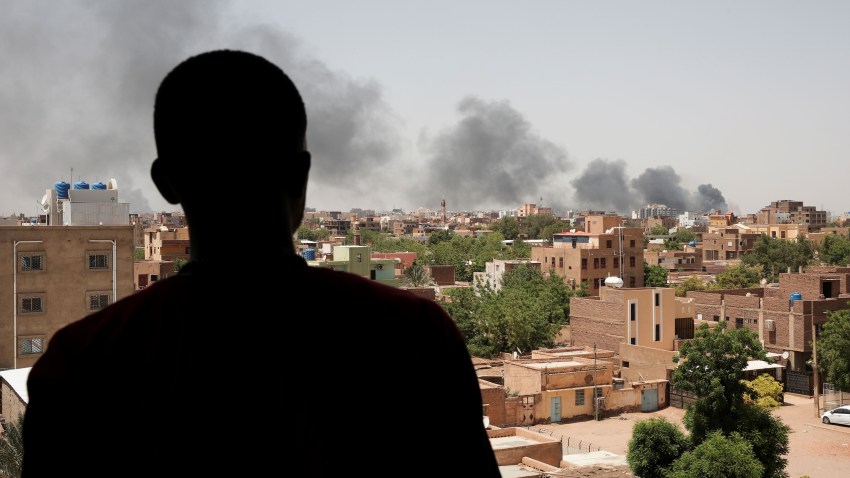Sudan has been gripped by violence since fighting broke out just over a week ago between rival military factions vying for control in Khartoum. With the situation deteriorating, the plight of civilians has been in the spotlight, but protective infrastructure is scarce. The U.S., like other countries, has evacuated its diplomats, but has been unable to help U.S. civilians leave the country thus far. For Sudanese civilians, evacuation by outside powers is not an option, although many are flooding across the border to South Sudan, where they may face significant additional risks.
Of great concern in Sudan is the fact that the leaders of both belligerent factions have a proven track record of targeting civilians. Gen. Abdel Fattah al-Burhan and Gen. Mohamed Hamdan, known as Hemedti, are both members of the interim government that was supposed to guide the country back to civilian rule after the democratic revolution that ousted former dictator Omar al-Bashir four years ago. Burhan heads the Sudanese armed forces and has been running the country since seizing power from the transitional military-civilian government in 2021; until the 2019 revolution, he served under Bashir, who had been indicted by the International Criminal Court for crimes against humanity and genocide. Burhan’s rival and erstwhile deputy in the transitional military government, Hemedti, leads the country’s Rapid Support Forces; prior to that he was a leader in the notorious Janjaweed militia, which was reported to have engaged in some of the worst atrocities in the Darfur conflict.
Not surprisingly, civilians have already found themselves in the crossfire of the latest violence. According to the World Health Organization, over 400 people were already confirmed killed as of last Friday; NPR reported today that at least 264 of them were civilians. But beyond these direct fatalities, a great many others are running out of water and supplies while sheltering in place in sweltering heat to avoid the violence. In addition, the current crisis comes on top of Sudan’s pre-existing humanitarian emergency. According to the Danish Refugee Council, nearly 16 million people needed assistance before the fighting started, with over 3.7 million people internally displaced and over a million refugees from neighboring countries.

